Stupas
100/80 “Coming back” oil on plaster
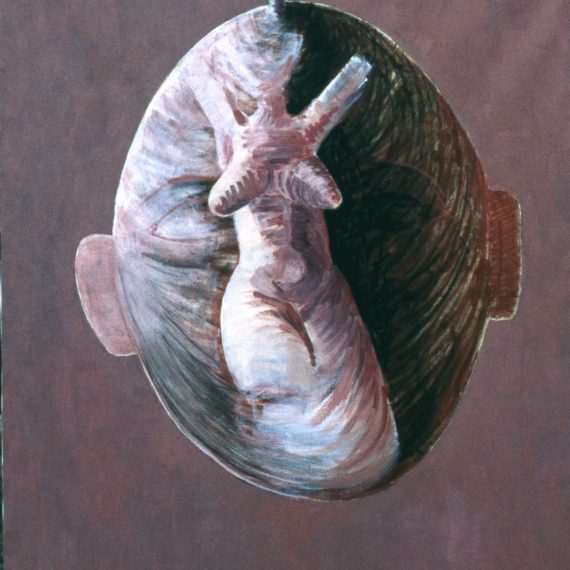
120/80 cm.,” Embrace” 120/80cm, acrylic on canvas
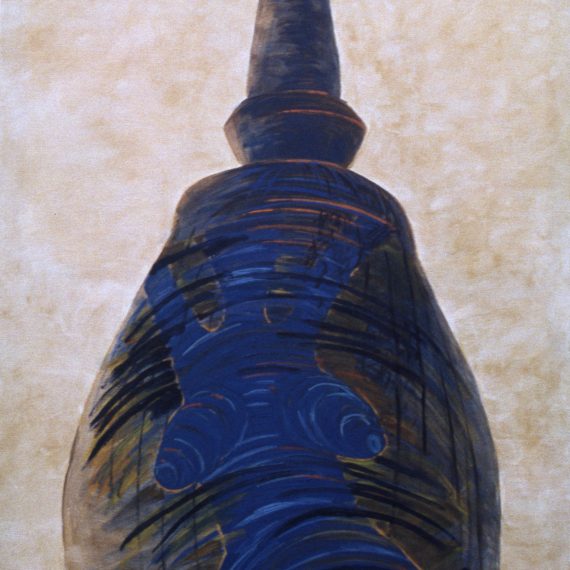
100/80 “Prayers” oil and plaster on canvas
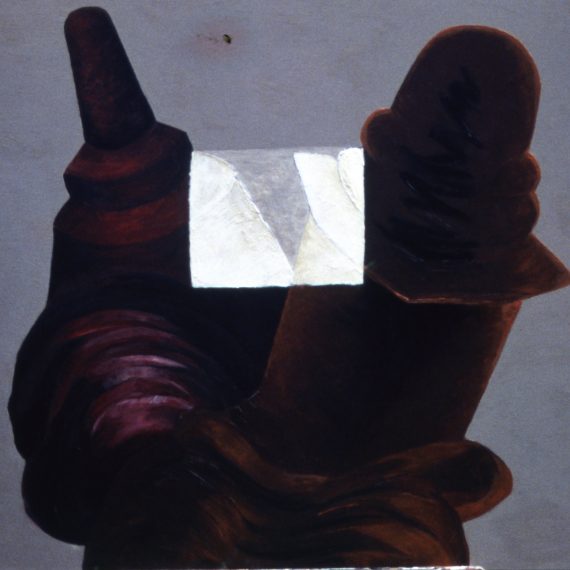
120/80 cm., “Dream” oil and plaster on canvas
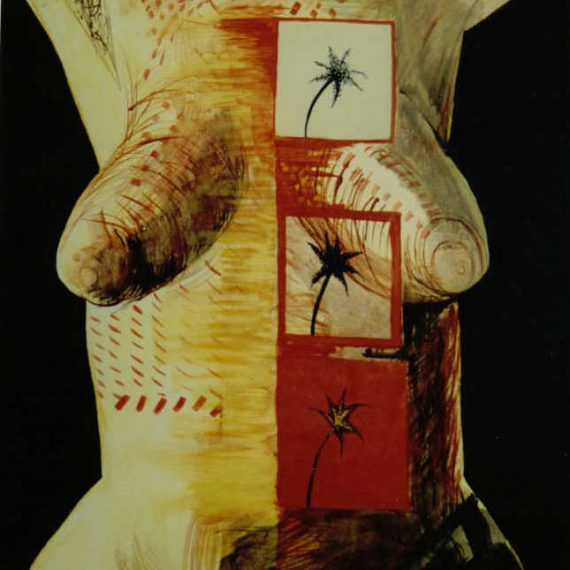
50/60 cm., “Indian Stupa” mixed technique on canvas
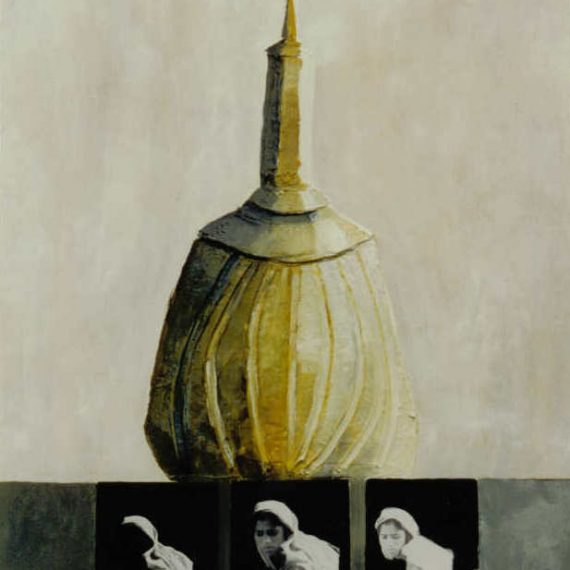
120/60 cm., “La Prima Donna” acrylic on canvas

120/80 cm., “Loneliness” oil and plaster on canvas
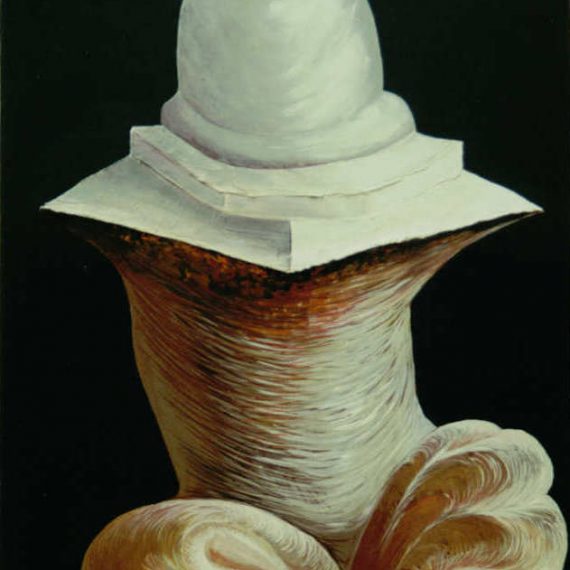
50/70 cm., “Look in the Wall” mixed technique on canvas
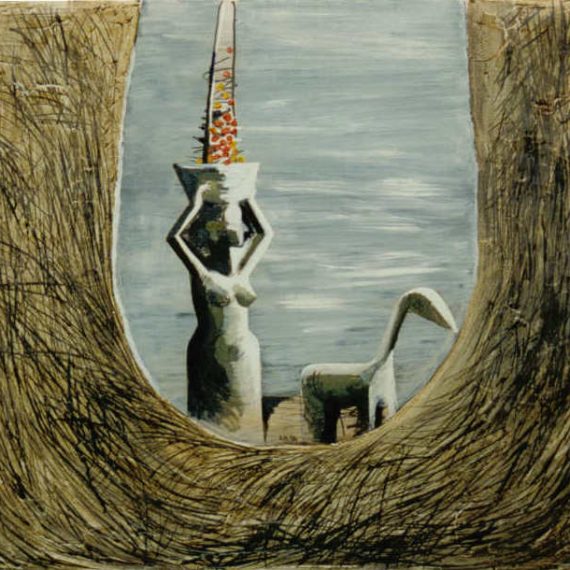
40/40 cm., “moment of light” mixed technique on canvas
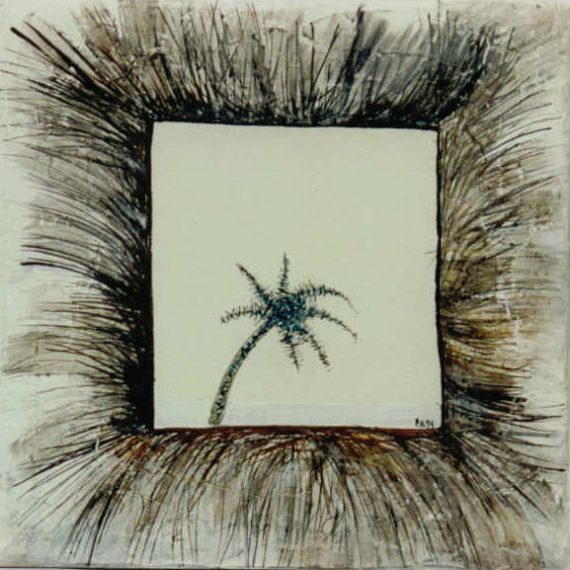
120/80 cm.,” Naga” oil and plaster on canvas
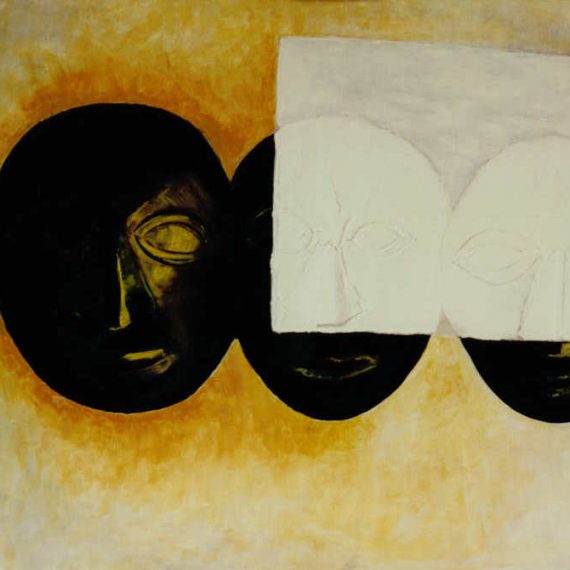
4X40/40 cm., “Pagan” oil and plaster on canvas
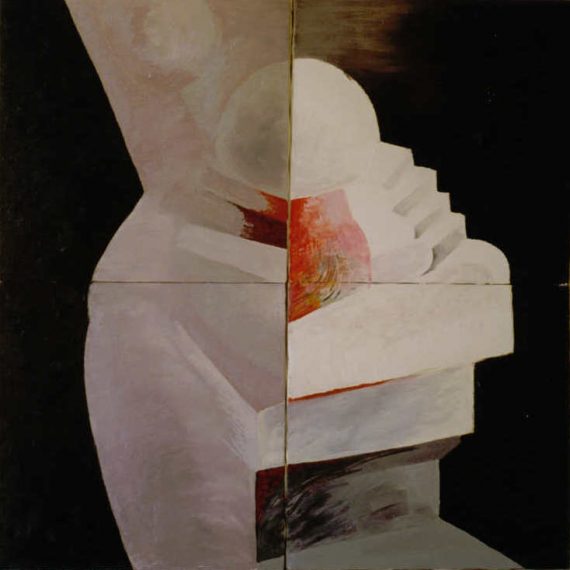
80/40 cm., “Pagan” oil and plaster on canvas
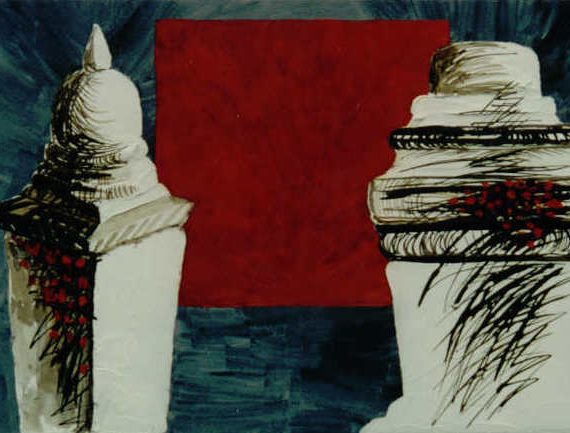
50/70 cm., “Praying” oil and plaster on canvas

4X40/40cm., “Prayer in Pagan” oil and plaster on canvas
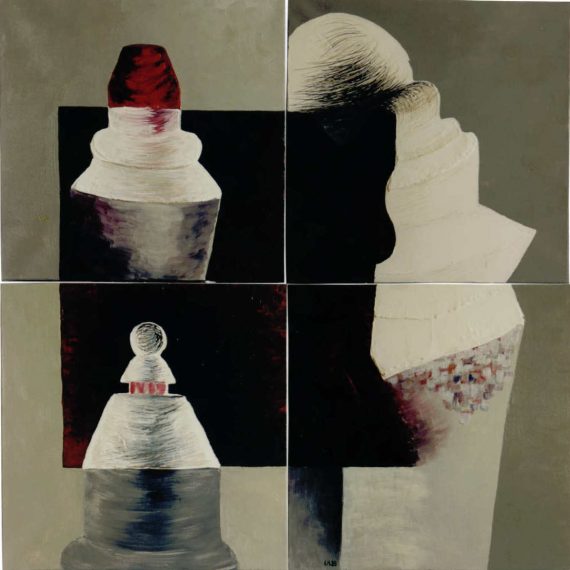
40/40 cm., “Reflection” mixed technique on canvas
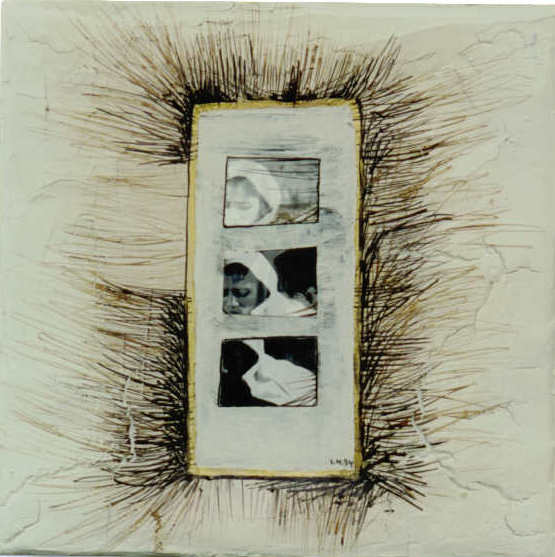
120/80 cm.,” Remembrance” 120/80cm., oil and plaster on canvas
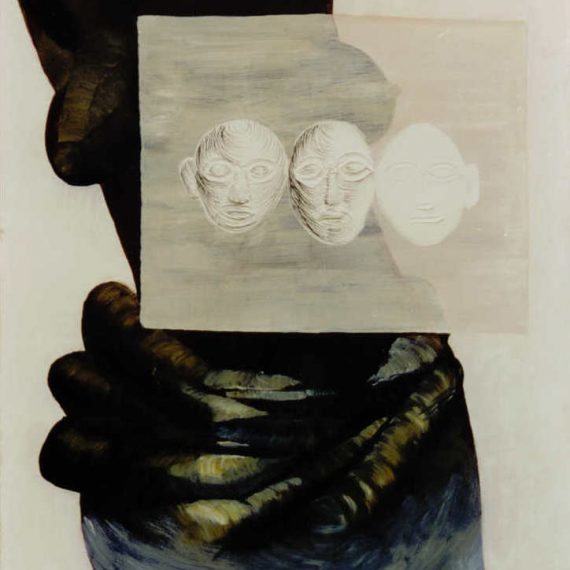
40 /40 cm., “The mirror” mixed technique on canvas
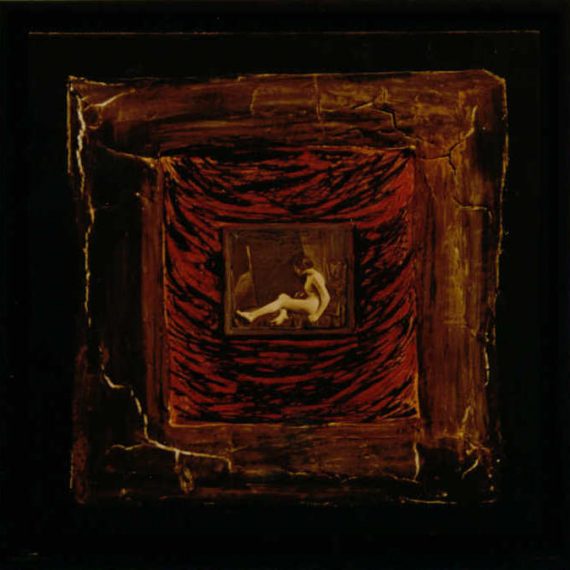
120/80 cm.,” Stupa” 120/80cm., oil on canvas

120/150 cm., “Stone prayer” oil and plaster on canvas
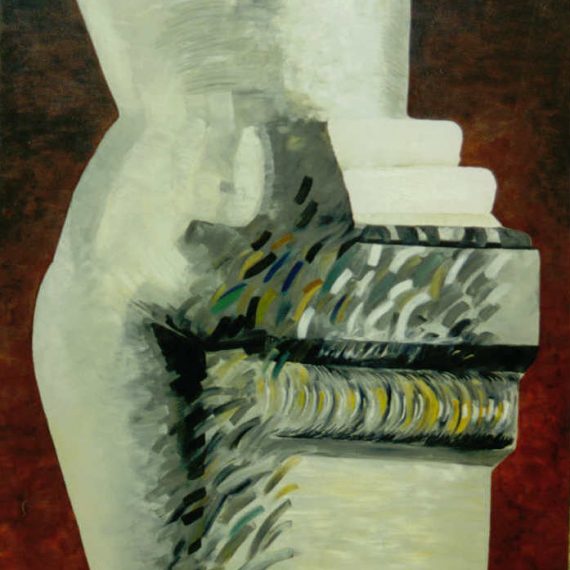
120/80 cm., «Stone meditation » 120/80 cm, mixed technique on canvas

120/60cm., “The Tower” acrylic on canvas

100/80 “Torment” oil and pastels on canvas
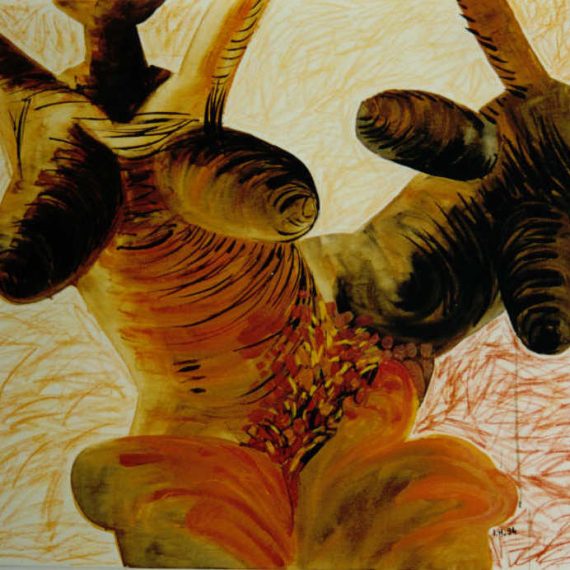
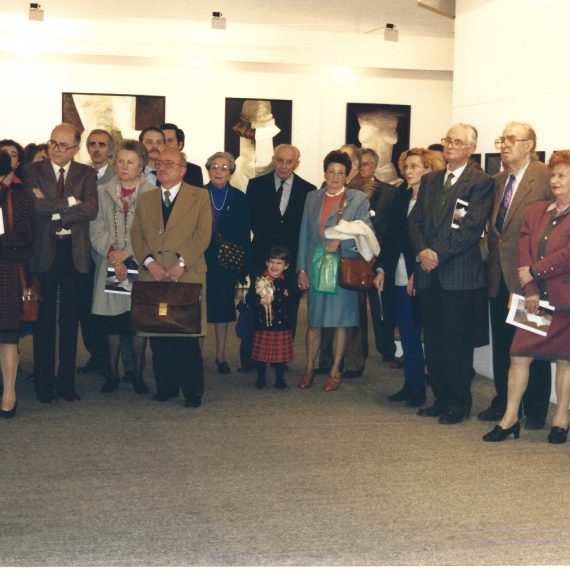


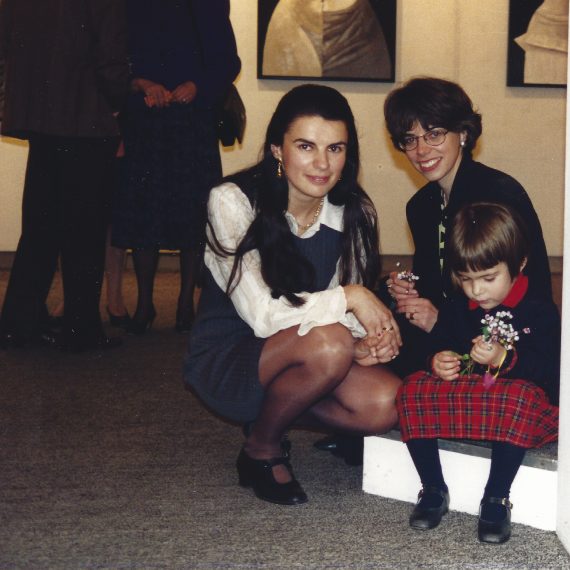

The Feminine Totems of Irina Horsia
principles of Aristotle’s philosophy and Greek art.
There is, however, no aesthetical complacency in Irina’s work, nor is she trying to banally attempt to reproduce the caryatids of the Erechtheum on Athens Acropolis. She is not merely interested in using the sinuosity of the figures or the fluidity of the lines, but rather, the absolute power of the matter which imposes itself with vigor and efficacy. A matter that irradiates the medium and which successfully contaminates the human element.
“When I entered the Burmese temples, I was impressed by the perfect harmony existing between the Sanctuary and the women that prayed in silence”, Irina explained, with simplicity. In a pantheistic vision of life, the artist overcomes the differences between the media and the message, container and contents, and in the fusion of the anthropomorphic and architectural components, she obtains evocative constructions suggesting modernity with a powerful plastic charge. To express it in philosophical terms, it means that Irina’s works have life and power.
Her totems, however, do not include all her recent work, but are just the most intense steps of an existential journey often tortuous, through which the artist moves with courage and persistence.
Her works, with dark tones and violent chromatic contrasts, have something autobiographical and express sometimes a feeling of anguished claustrophobia with women’s bodies imprisoned in primordial and mysterious structures with circular shapes.
Alberto Fiz, 1995
http://talentprize.it/2015/alberto-fiz/?lang=en
Date
January 01, 1995
